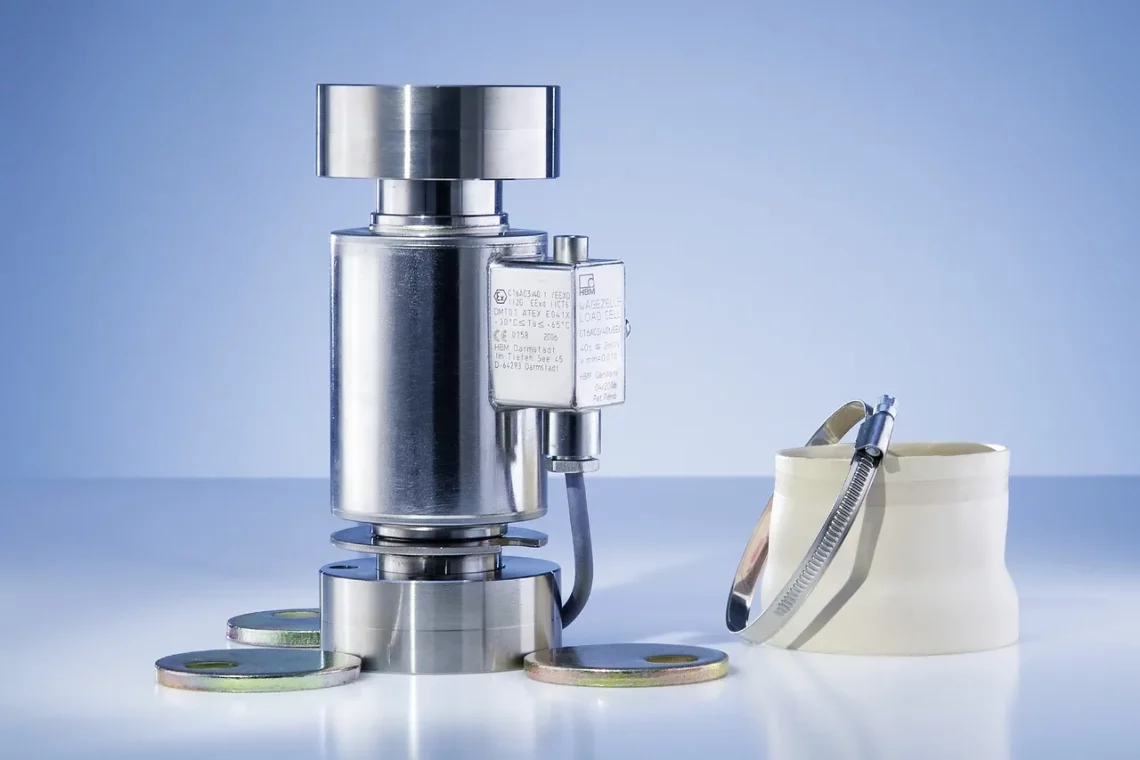
Understanding Pig Scales: Choosing the Right Weighing Solution
Weighing pigs accurately is crucial for farmers and livestock owners to ensure optimal growth, health, and market value. Proper weight management helps in making informed decisions regarding feeding, breeding, and overall herd management. However, selecting the right weighing solution can be challenging given the variety of available scales and weighing methods. Understanding the principles behind pig scales, their features, and how they can affect your livestock management can play a vital role in improving efficiency and productivity on the farm.
With the increasing emphasis on animal welfare and the economic pressures of livestock farming, investing in the right weighing solution is not just a matter of convenience; it’s a necessity. A reliable scale can help monitor the health of your pigs, allowing for timely interventions when needed. Furthermore, accurate weight measurements contribute to better feed conversion ratios and improved growth rates, ultimately leading to increased profitability. This article delves into the various aspects of pig scales, providing insights on how to choose the best weighing solution for your specific needs.
Types of Pig Scales: An Overview
When it comes to pig scales, several types are available, each designed to cater to different needs and environments. The most common types include platform scales, digital scales, and livestock scales.
Platform scales are versatile and can handle different sizes and weights of pigs. They typically consist of a flat platform where the animal stands while being weighed. These scales are easy to use and provide accurate measurements. Some models come with ramps to facilitate easy access for the pigs, and many are portable, making them suitable for farms of varying sizes.
Digital scales represent a modern approach to livestock weighing. These scales often feature advanced technology that provides quick and precise readings. Many digital scales come with integrated software that allows farmers to track weight changes over time, making them ideal for managing growth rates and feed efficiency. Additionally, some digital models can connect to mobile devices or computers, enabling farmers to access data remotely.
Livestock scales are designed specifically for weighing larger animals, including pigs. They are often more robust and can accommodate heavier weights. These scales may be built into a loading dock or a weighbridge, allowing for efficient weighing of multiple animals in a short period. This feature is particularly beneficial for larger operations where time efficiency is critical.
Choosing the right type of scale depends on various factors, including the scale of your operation, the number of pigs to be weighed, and the specific requirements of your farm. Understanding the different types of pig scales will help you make an informed decision that aligns with your operational needs.
Factors to Consider When Selecting Pig Scales
Selecting the appropriate pig scale involves several considerations that can significantly impact the effectiveness of your animal management practices. One of the primary factors is the scale’s capacity and accuracy. Ensure that the scale can accommodate the weight range of the pigs you are managing. For instance, if you are dealing with both piglets and adult pigs, the scale should be versatile enough to handle varying weights.
Another important aspect to consider is the scale’s durability and build quality. Pigs can be heavy and can exert considerable force on the scale. Therefore, investing in a robust scale made from high-quality materials will ensure longevity and reliability. Look for scales that are resistant to corrosion, especially if they will be exposed to outdoor conditions.
Ease of use is also crucial. A scale that is complicated to operate may lead to errors in weighing and ultimately affect your livestock management. Opt for user-friendly designs with clear displays and straightforward controls. Additionally, consider whether the scale offers features like automatic zeroing, which can simplify the weighing process.
Portability is another factor. If you manage a large area or have multiple pens, a portable scale can save time and effort when weighing your pigs. Some scales come with wheels or are lightweight, making them easy to move around the farm.
Finally, consider the additional features that might add value to your investment. Some modern pig scales come with software that allows you to track weight changes over time, analyze data, and generate reports. These features can provide insights into your herd’s health and growth patterns, enabling better management decisions.
Maintaining Your Pig Scales for Optimal Performance
Proper maintenance of your pig scales is essential to ensure accurate measurements and prolong the lifespan of the equipment. Regular cleaning is a fundamental aspect of maintenance. Dirt and debris can affect the scale’s sensors and lead to inaccurate readings. After each use, clean the platform and surrounding areas to prevent the buildup of waste and feed residue.
Calibration is another critical maintenance step. Over time, scales can drift from their original calibration, leading to inaccuracies. Regularly check the calibration of your pig scales according to the manufacturer’s recommendations. If you notice any discrepancies in weight readings, recalibrate the scale to ensure precise measurements.
Inspecting the electrical components, especially for digital scales, is crucial. Look for any signs of wear, corrosion, or damage to the wiring and connectors. Regular checks can prevent unexpected breakdowns and ensure that the scale operates efficiently.
Additionally, ensure that all moving parts, such as hinges or ramps, are in good condition. Lubricate any moving components as needed to prevent wear and ensure smooth operation.
Lastly, consider keeping a maintenance log. Documenting maintenance activities, such as cleaning, calibration, and repairs, can help you track the performance of your scales over time. This information can be invaluable when making decisions about replacing or upgrading your equipment.
The Economic Impact of Accurate Weighing in Pig Farming
Accurate weighing of pigs can have a significant economic impact on farming operations. Understanding the weight of your livestock is essential for effective feed management, which is one of the largest expenses in pig farming. By accurately monitoring weight gain, farmers can optimize feed formulations and ensure their pigs are receiving the right nutrients for healthy growth.
Proper weight management can also lead to better feed conversion ratios. When pigs are weighed regularly, farmers can adjust feeding strategies based on growth patterns. This can result in improved efficiency, where pigs convert feed into body weight more effectively, ultimately reducing feed costs.
In addition to feed management, accurate weighing can influence breeding decisions. Knowing the weight of sows and boars helps farmers make informed choices about breeding pairs and timing. This knowledge can lead to healthier litters and improved overall herd genetics.
Furthermore, accurate weight measurements can enhance market readiness. Pigs that are weighed and monitored regularly are more likely to reach target weights by the time they are ready for market. This can increase profitability, as animals that meet or exceed market standards often fetch higher prices.
Moreover, understanding weight trends can help farmers identify and address health issues promptly. Sudden weight loss or failure to gain weight can be indicators of underlying health problems. By acting quickly, farmers can mitigate losses and maintain the overall health of their herd.
In conclusion, investing in the right weighing solution is not just a matter of convenience; it is a strategic decision that can lead to improved efficiency, reduced costs, and enhanced profitability in pig farming. By understanding the different types of scales, considering essential factors when selecting equipment, maintaining the scales properly, and recognizing the economic benefits of accurate weighing, farmers can position themselves for success in a competitive market.




